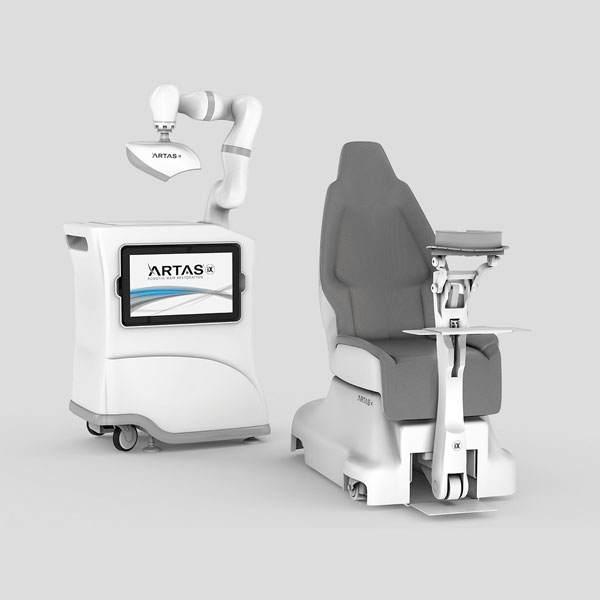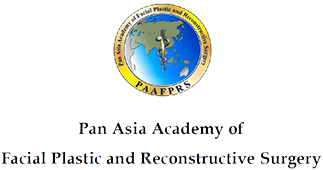Restore Your Hair With a Hair Transplant in Houston, TX
Restore Thinning Hair—and Your Confidence
Thinning hair and bald patches can harm your self-esteem, making you less confident. If you’ve been searching for a solution to your hair loss but aren’t sure where to turn, you’ve come to the right place.
Aesthetic Surgery Institute offers several hair transplant solutions for men and women in Houston, TX. We use the most advanced technology available to restore your hair and confidence. In fact, we are one of only two practices in Houston to adopt the newest artificial intelligence (AI) technology for hair transplantation: the ARTAS® iX Robotic Hair Restoration System. ARTAS® is the world’s first intelligent hair transplant platform.
We will work with you one-on-one to learn more about your goals and develop a personalized treatment plan. Contact us today or call 713-892-5476 to schedule your hair transplant in Houston.

The ARTAS® Procedure
ARTAS® utilizes one of the most advanced hair transplant technologies on the market today. There are only two locations in Houston, TX that currently use the ARTAS® Robotic Hair Transplant System, and Aesthetic Surgery Institute is one of them.
Using the pinpoint accuracy of a robot, the ARTAS® hair transplant system precisely harvests follicles from the donor site and transplants them to the thinning area. The machine is designed to use the FUE method, which makes small circular incisions around each hair follicle or group of follicles. Supervised by a doctor and guided by an advanced computer program, ARTAS® provides some of the most precise results in hair transplant technology available today.
How ARTAS® Works
The ARTAS® Robotic Hair Restoration System uses 3D technology to create a customized plan for your hairline. Using AI algorithms and a high-definition stereoscopic vision system, ARTAS® determines the best hair follicles for transplanting. Then, a robotic arm precisely and efficiently harvests hair follicles and transplants them to the new site.
The robotic hair transplant system preserves the natural look of the donor hair area, and there is no scarring. ARTAS® hair transplant is minimally invasive and protects your existing healthy hair. ARTAS® results are natural looking in both the donor area and the new implantation area.
- Natural-Looking Results—The ARTAS® procedure restores hair follicles for noticeably thicker, natural-looking hair. Permanent hair growth starts around six months, with continued growth over time and full results after around one year.
- Minimally Invasive With No Linear Scar—The ARTAS® hair restoration system harvests and implants individual hair follicles without removing a strip of scalp. This means there is no unsightly linear scarring with the ARTAS® procedure.
- Precise and Effective—The robotic tool is precise and fast, producing great-looking results in less time with a faster recovery time.






